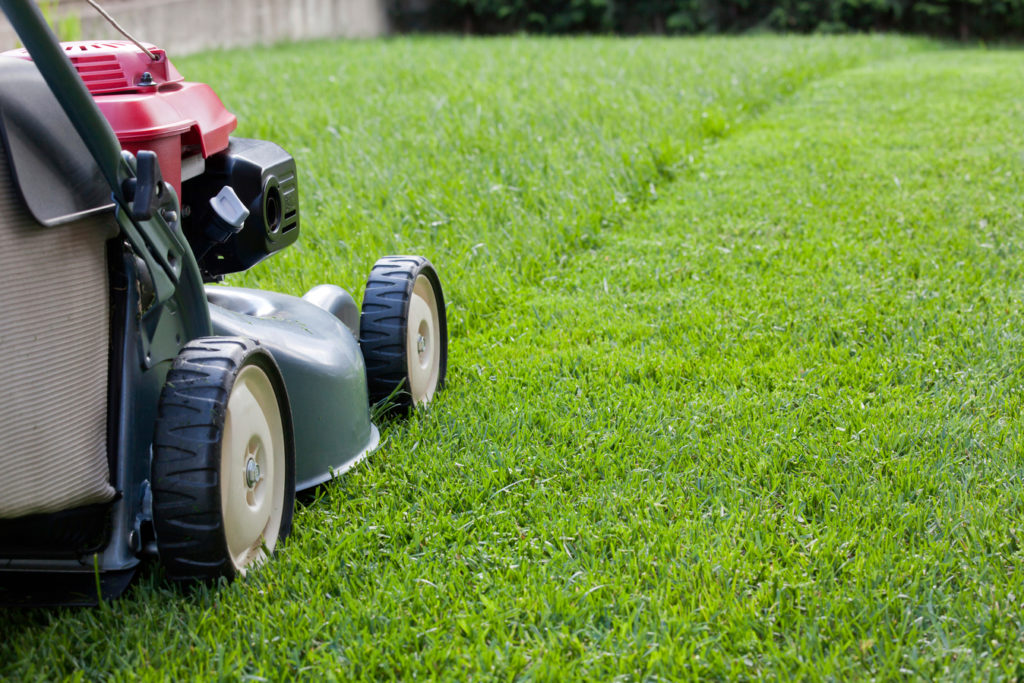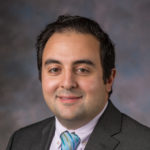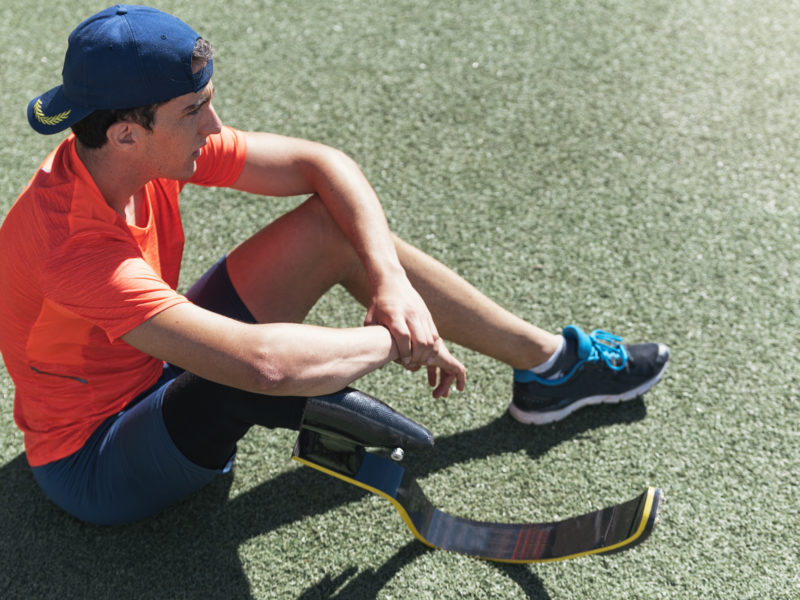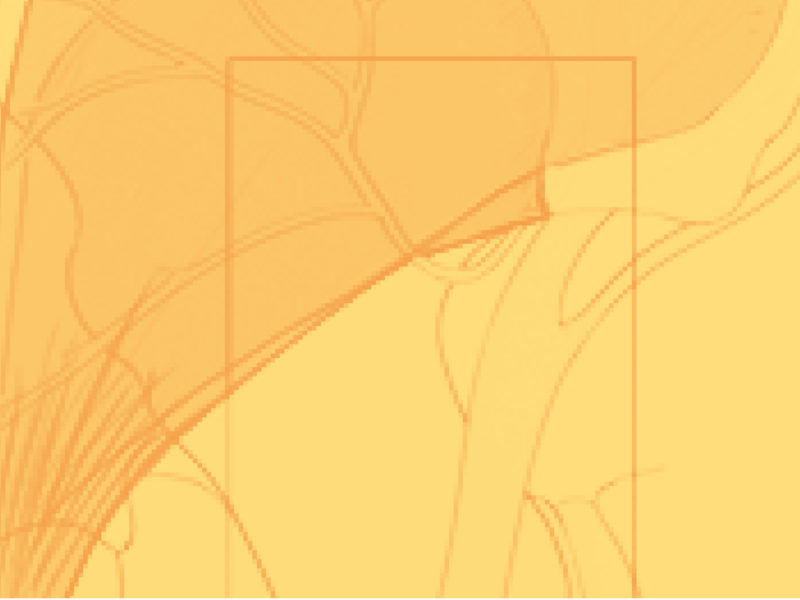Lawnmower Injuries in Children Are Limb-Threatening and Avoidable
Lawnmower Injuries in Children Are Limb-Threatening and Avoidable https://pediatricsnationwide.org/wp-content/uploads/2021/07/154099460_lawnmower-1024x683.jpg 1024 683 Ibrahim Khansa, MD Ibrahim Khansa, MD https://pediatricsnationwide.org/wp-content/uploads/2021/07/100518ds1988_mr_IbbyK.jpg- July 23, 2021
- Ibrahim Khansa, MD

During the warm months, lawnmowers are a ubiquitous sight in American lawns. Unfortunately, more than 9,000 children are injured by lawnmowers every year in the United States. In a recent study, published in the Journal of Plastic, Reconstructive and Aesthetic Surgery – Open, our group from the Department of Plastic and Reconstructive Surgery at Nationwide Children’s Hospital reviewed 142 patients who presented to Nationwide Children’s with lawnmower injuries over the past 25 years. This is the largest study on pediatric lawnmower injuries ever published.
What we found was sobering: over 68% of those injuries resulted in an open fracture. An open fracture is especially dangerous, because it puts the broken bone at risk of osteomyelitis. Even more alarming is that 38% of children involved in a lawnmower accident sustained an amputation. The average patient was 7.5 years old, had to undergo 2.2 surgeries, and spent 7.4 days in the hospital.
Children were most commonly injured by a riding lawnmower moving forward. This was followed by children riding along on a lawnmower, falling off and getting struck by the rotating blades. The third most common mechanism of injury was children being hit by a riding lawnmower being driven backwards.
Lawnmowers are very powerful machines. The tip of the blade moves at a speed of approximately 230 mph. It can easily tear through skin and bone. It can also throw projectiles for long distances.
Understanding the power of these machines is key to counseling families on how to avoid such devastating injuries, because most of these injuries are avoidable:
- During the lawnmowing session, the lawn should be a kid-free zone, because children can run towards the mower without being noticed
- All debris should be cleared from the area before mowing, as they can become dangerous projectiles upon contact with the lawnmower blade
- Riding lawnmowers should only be used by individuals 16 years and older, and push mowers should only be used by individuals 12 years and older
- Children should never “ride along” on a lawnmower
- When moving a riding lawnmower backwards, operators should look in all directions, and should never operate the blade when backing up
Reference:
Khansa I, Pearson GD, Bjorklund K, Fogolin A, Kirschner RE. Pediatric Lawnmower Injuries: a 25-year Review. JPRAS Open. 2021;29:135-143.
About the author
Ibrahim Khansa, MD, FAAP, is a surgeon in the Department Plastic and Reconstructive Surgery at Nationwide Children's Hospital and clinical assistant professor of Plastic Surgery at The Ohio State University College of Medicine. He is the co-director of the Hemangioma and Vascular Malformations program and member of the Center for Complex Craniofacial Disorders and the Cleft Lip and Palate Team. Dr. Khansa received his medical degree from Harvard Medical School. He completed a plastic and reconstructive surgery residency at The Ohio State University Wexner Medical Center, followed by a pediatric craniofacial fellowship at Children’s Hospital Los Angeles.
-
Ibrahim Khansa, MDhttps://pediatricsnationwide.org/author/ibrahim-khansa-md/September 14, 2022
- Post Tags:
- Plastic and Reconstructive Surgery
- Posted In:
- In Brief
- Research
- Second Opinions







